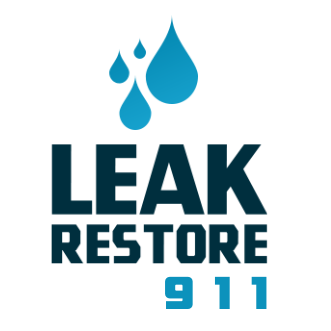Frequently Asked Questions
-
June Begins Brevard’s Storm Season – What to Know
Brevard County experiences extreme weather, from scorching summer heat to strong ocean winds. Being prepared with a Thermal P.I.P. Inspection, including thermal drone scans, can help identify potential roof, stucco, and storm-related failures before they become costly repairs. Prioritizing maintenance gives homeowners, investors, and property managers the opportunity to resolve issues before insurance claims affect profitability.
Storm Preparation Checklist
- Shut off the water supply when away.
- Fasten any loose materials.
- Inspect all roof joints and fasteners.
- Check shutter fasteners and materials.
- Inspect roof decking to ensure its stability.
-
Should I Have My Roof Inspected After a Hurricane?
Yes, but it’s even better to have an inspection before a hurricane. This way, you’ll have documentation to compare against any new damage caused by the storm.
-
Can You Find Leaky Pipes in Walls and Underground?
Yes, we use advanced digital equipment to analyze walls, floors, and foundations for leaks.
-
Can You Find Leaks in Roofs?
Yes, our thermal imaging technology detects roof leaks, water damage, heat loss, and mold.
-
What is the Leak Restoration Process?
- Inspection – Identify the source of the leak.
- Water Removal – Extract excess moisture.
- Drying – Dehumidify and prevent mold growth.
- Cleaning – Sanitize affected areas.
- Restoration – Repair and restore damaged areas.
-
What Issues Can Result from an Undetected Leak?
An undetected leak can lead to mold growth, structural damage, and expensive repairs. The sooner a leak is detected and repaired, the better.
-
Do You Provide Services for Residential and Commercial Properties?
Yes, we handle leak detection and restoration for homes, businesses, and large buildings.
-
Can Stucco Failures Cause Interior Saturation and Leaks?
Yes. Stucco can absorb moisture when it is not properly sealed, installed, or maintained. Over time, this leads to water infiltration, potentially causing structural damage.
Signs of Stucco Moisture Damage
- Cracking or flaking stucco
- Broken caulking
- Discoloration on walls
- Musty mildew smells
- Interior water stains
-
How Does Humidity Affect the Interior of My Home?
High humidity can lead to moisture buildup, mold growth, and indoor air quality issues. It is important to control humidity levels with proper ventilation and dehumidification to maintain a safe environment.
-
What Cleaning Supplies Help with a Moldy, Wet Property?
Adding chemicals to a mold-infested area can worsen air quality. Instead, moisture control is key—find the source of water intrusion and dry out the property properly. Mold thrives in humid conditions, and failing to address excess moisture will lead to ongoing health and structural problems.
-
What Should I Do If I Have a Flood?
- Call LeakRestore.com immediately at 321-591-9176 for a 30-minute emergency response.
- Shut off the water supply until our technicians arrive.
- Upon arrival, we assess the damage and begin drying out the property to save your belongings.
- We install LGR dehumidifiers, air scrubbers, and thermal injection equipment to ensure full recovery.
- All materials and damage are documented in Restore Reports to assist with potential insurance claims.
-
Should I Always Use My Insurance Company and Get a Claim Number for Every Leak?
Not always. With deductibles as high as $5,000, it may be wise to professionally document the loss first. LeakRestore.com provides thermal P.I.P. imaging, LiDAR 3D scans, and Restore Reports to create undeniable loss documentation. This helps homeowners, insurers, and contractors reach a fair claim settlement.
-
Is Thermal Droning Worth the Cost? (Residential vs. Commercial)
Absolutely! Investors, property managers, and insurance companies all benefit from the detailed geolocation and radiometric data provided by our Thermal P.I.P. Droning System. Restore Reports document the exact source of failures, ensuring clear and accurate loss recovery decisions.
Testing for Exterior Moisture in Stucco & Siding
If you suspect water intrusion, testing for moisture is essential. Methods include:
Exterior Probe Testing – Drilling small holes to insert moisture meters.
Infrared Cameras – Detecting heat variations that indicate moisture.
Video Scoping – Inserting a camera into wall cavities to check for damage.
Invasive Measures – Removing siding sections when necessary for deeper assessment.
Why Immediate Remediation is Essential
Once moisture is detected, it does not dry out on its own. Unchecked water damage leads to rot in framing, insulation, drywall, and siding. A professional stucco remediation project will:
Remove and replace damaged materials
Address the root cause of the issue
Install high-quality, moisture-resistant siding
Failing to act quickly will only increase repair costs and the risk of structural damage.

